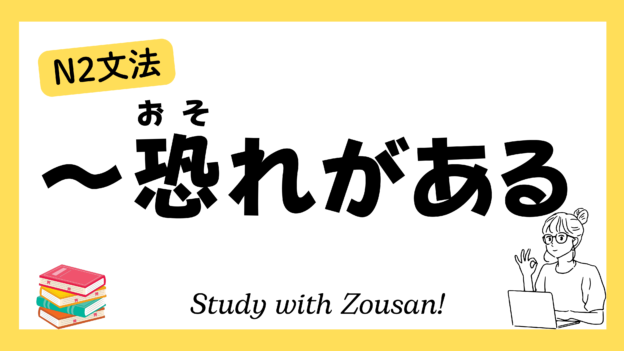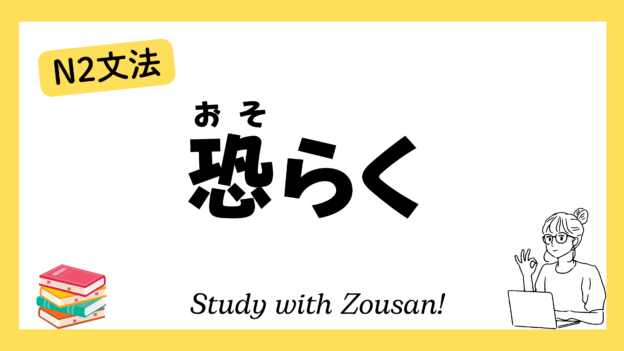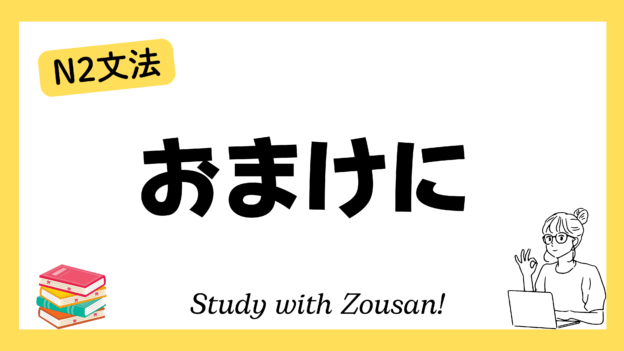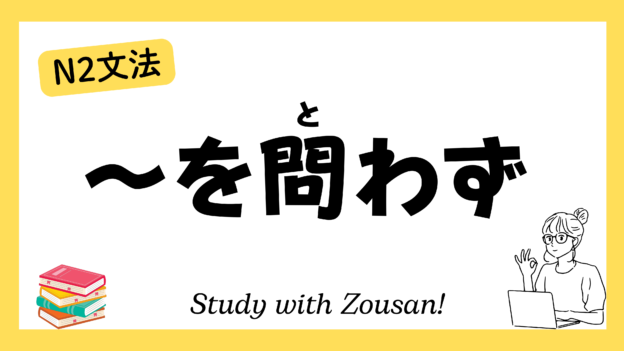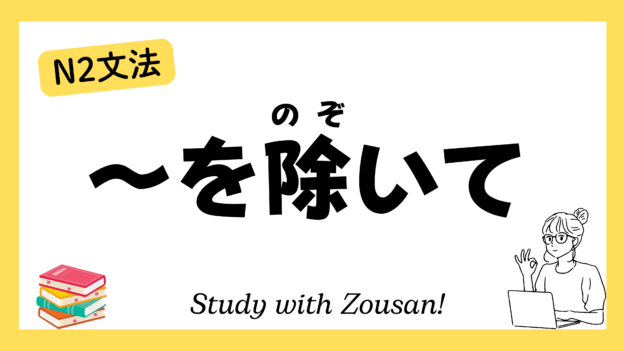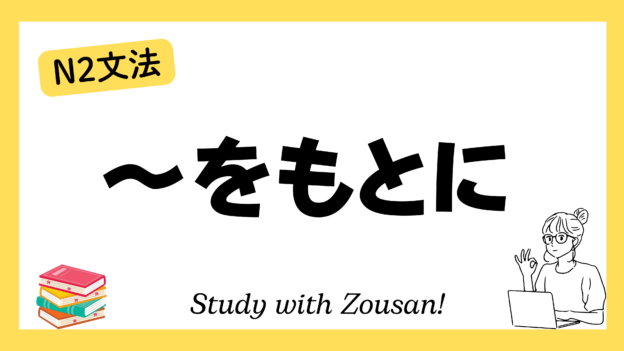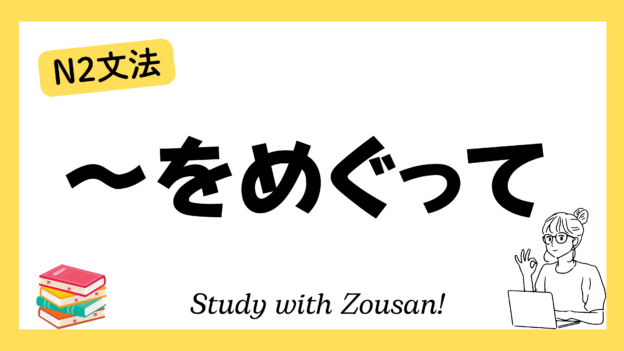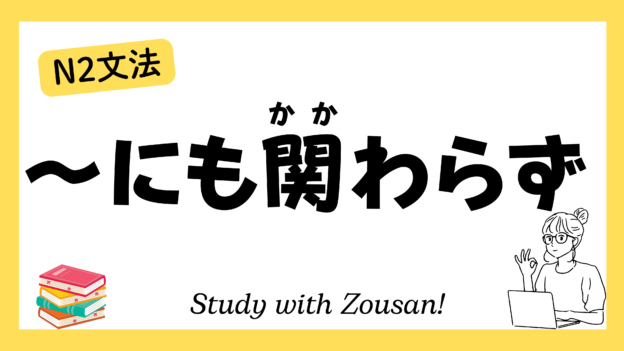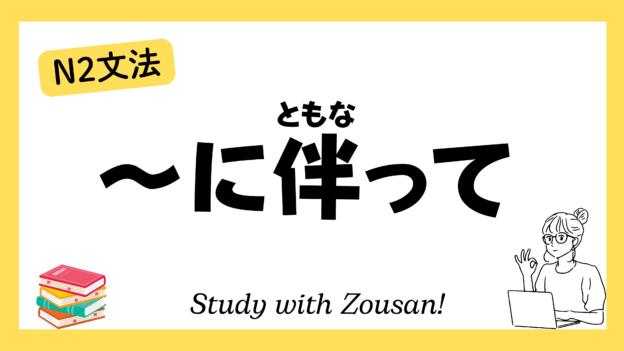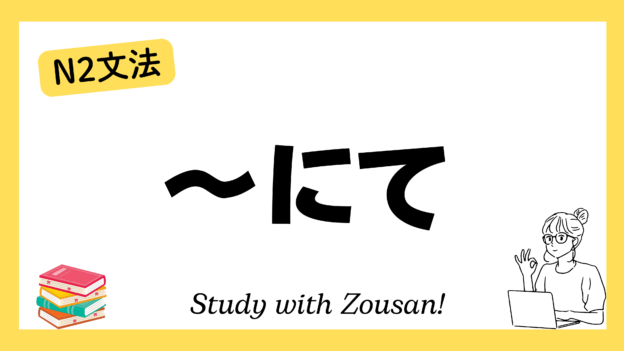Meaning: ”There is a risk of…” / “There is a possibility of…” / “There is fear that…”
The structure ~恐れがある is used to express the possibility of something negative or undesirable occurring. It emphasizes that there is a high risk or chance of a problem, accident, or bad situation happening in the future. This structure is often used in formal contexts, such as announcements, warnings, or reports.
※Note:
・~恐れがある is often used to warn about a potential negative situation, serving as a reminder or forecast of the risk.
・This structure mainly appears in official documents or formal contexts, such as work reports, news, or medical information.
Structure:
| Verb (casual) | + 恐れがある(おそれがある) |
| Noun + の |
Example:
-
-
-
🌟 このままでは、事故が起こる恐れがある。
(この まま では、じこ が おこる おそれ が ある)
If this continues, there is a risk of an accident happening. -
🌟 台風の接近により、土砂崩れの恐れがあります。
(たいふう の せっきん に より、どしゃくずれ の おそれ が あります)
Due to the approaching typhoon, there is a risk of landslides. -
🌟 この薬は副作用の恐れがあるので、注意が必要です。
(この くすり は ふくさよう の おそれ が ある ので、ちゅうい が ひつよう です)
This medicine has a risk of side effects, so caution is necessary. -
🌟 地震による津波の恐れがあります。
(じしん に よる つなみ の おそれ が あります)
There is a risk of a tsunami due to the earthquake. -
🌟 雨が続くと、洪水の恐れがある。
(あめ が つづく と、こうずい の おそれ が ある)
If the rain continues, there is a risk of flooding. -
🌟 過労により、健康を害する恐れがあります。
(かろう に より、けんこう を がいする おそれ が あります)
There is a risk of harming your health due to overwork. -
🌟 情報漏洩の恐れがあるため、パスワードを変更してください。
(じょうほう ろうえい の おそれ が ある ため、パスワード を へんこう して ください)
There is a risk of information leakage, so please change your password. -
🌟 この建物は老朽化が進んでおり、倒壊の恐れがある。
(この たてもの は ろうきゅうか が すすんで おり、とうかい の おそれ が ある)
This building is aging and there is a risk of collapse. -
🌟 株価が急落する恐れがある。
(かぶか が きゅうらく する おそれ が ある)
There is a risk of the stock prices dropping sharply. -
🌟 この地域では、強風による被害の恐れがあります。
(この ちいき では、きょうふう に よる ひがい の おそれ が あります)
There is a risk of damage due to strong winds in this area.
-
-


